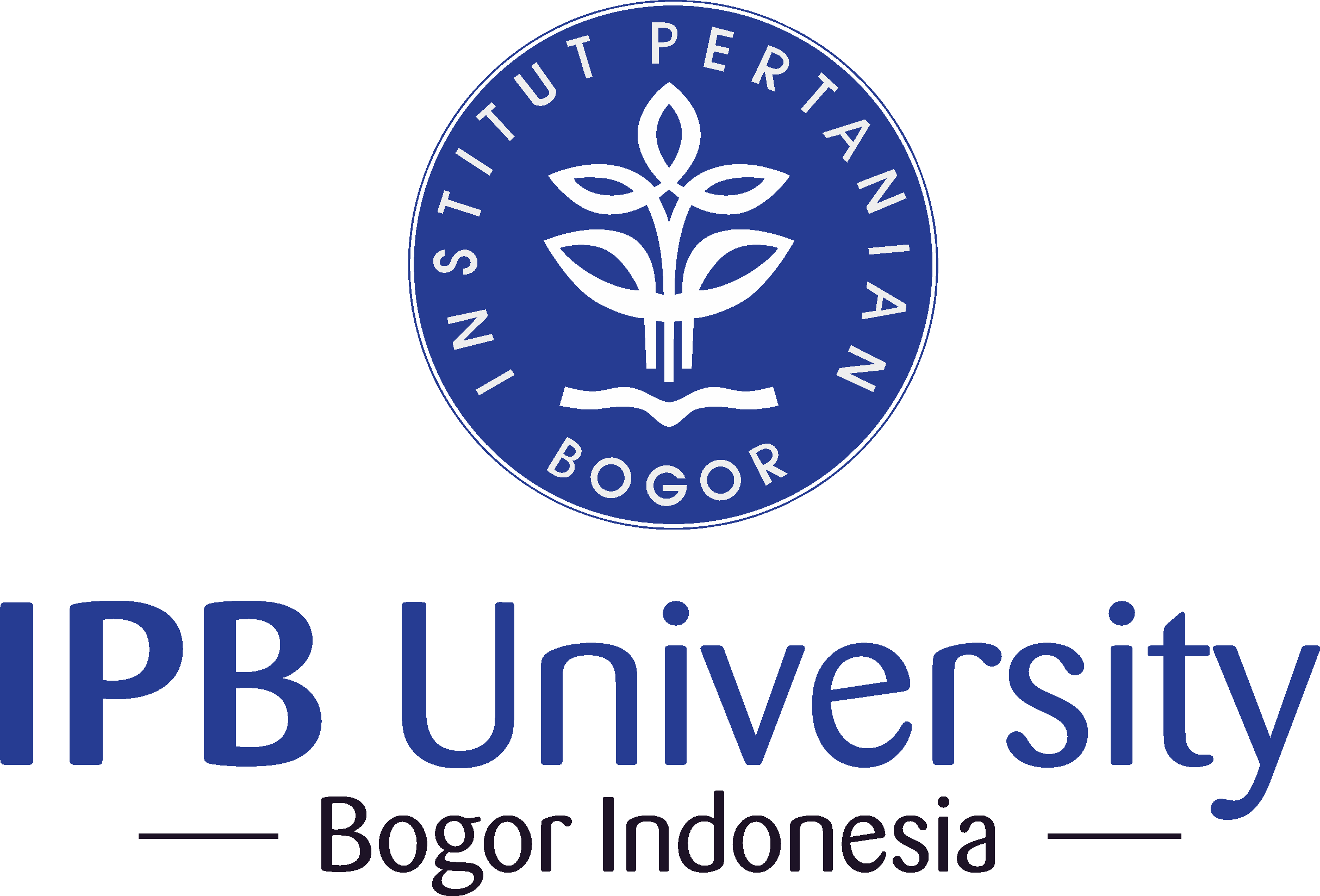Characterization of SNEDDS Formulated with Single Bulb Garlic and its Anti-Inflammatory Effect on 3T3-L1
Abstract
Inflammation is an early symptom of a disease that reduces the level of health. Single-bulb garlic (Allium sativum L.) is used medicinally as a plant with a broad pharmacological effect, especially anti-inflammatory activity. Self-nanoemulsifying drug delivery systems (SNEDDS) have offered opportunities to improve drug delivery. The current study aimed to characterize SNEDDS-single bulb garlic extract (SBGE) and determine its potential as an anti-inflammatory agent in 3T3-L1 cells. SNEDDS was formulated from tween-80, glycerol, canola oil, and SBGE. The formula characterization is done using droplet size, polydispersity index, zeta potential, physical stability test, and antioxidant assay. The cytotoxicity test of SNEDDS-SBGE was evaluated using a 3-(4,5-dimethylthiazol-2-yl)-2,5-diphenyltetrazolium bromide (MTT) assay. The anti-inflammatory activity was examined using 3T3-L1 cell methylglyoxal (MG) induction, and the expression of cytokines was measured using immunocytochemistry (ICC). The SNEDDS-SBGE had a nanoemulsion size of 42.30±1.39 nm, 0.6±0.03 for the polydispersion index, and -22.63±0.75 mV for the zeta potential. SNEDDS-SBGE was physically stable and had a high antioxidant level (47.579±8.017 %). SNEDDS-SBGE exhibited no toxic effect on 3T3-L1 cells. The administration of 62.5 µg/ml and 125 µg/ml SNEDDS-SBGE could inhibit (p<0.05) the expression of IL-1β after methylglyoxal induction. Thus, SNEDDS-SBGE may have potential anti-inflammatory properties.
Downloads
Copyright (c) 2025 Sri Rahayu Lestari, Sunaryono Sunaryono, Hendra Susanto, Hidajah Rachmawati , Rony Irawanto, Dewi Sekar Miasih, Alif Rosyidah El Baroroh, Yuslinda Annisa

This work is licensed under a Creative Commons Attribution-NonCommercial 4.0 International License.
HAYATI J Biosci is an open access journal and the article's license is CC-BY-NC. This license lets others distribute, remix, tweak, and build upon author's work, as long as they credit the original creation. Authors retain copyright and grant the journal/publisher non exclusive publishing rights with the work simultaneously licensed under a https://creativecommons.org/

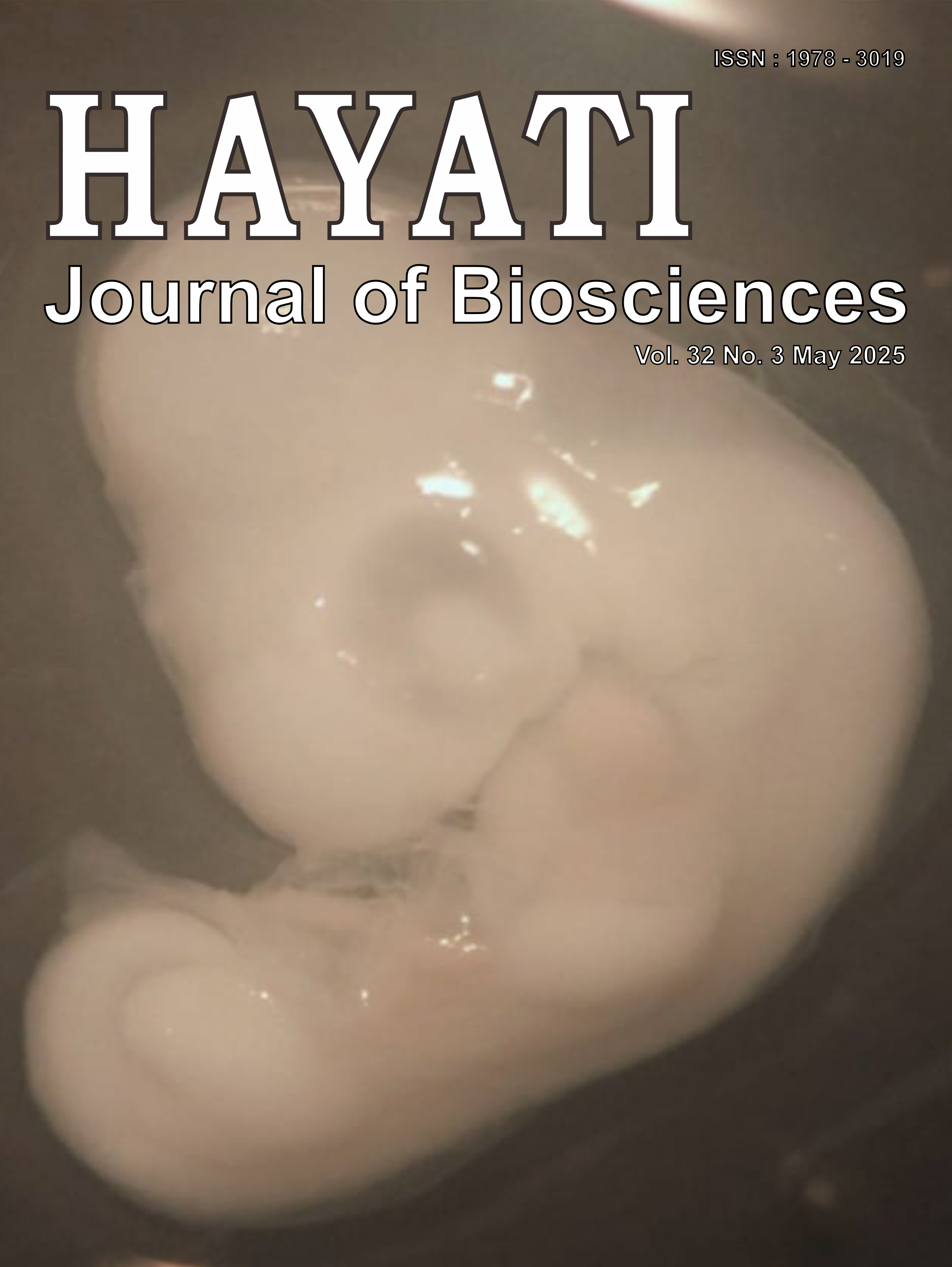








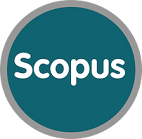
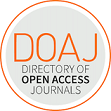




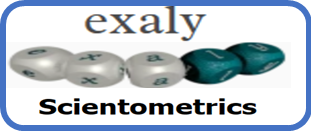




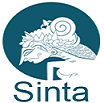



.png) IPB University
IPB University Department of Biology
Department of Biology The Indonesian Biological Society
The Indonesian Biological Society 